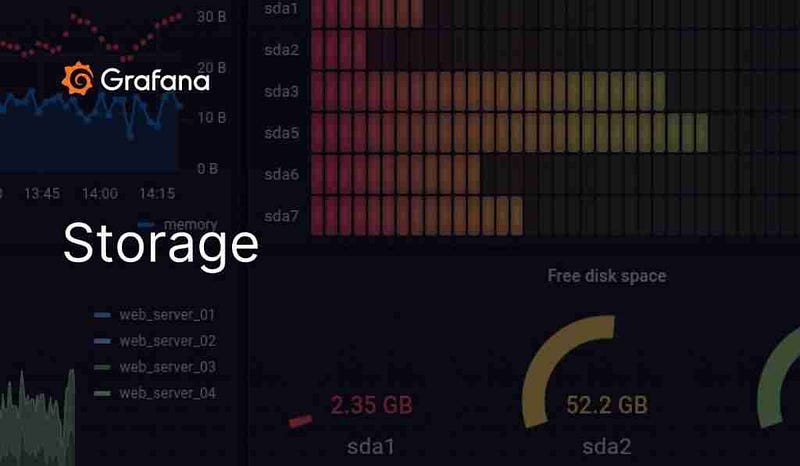Harnessing the Power of Grafana Loki and MinIO Together
Written on
Chapter 1: Introduction to Grafana Loki and MinIO
Grafana Loki has emerged as a prominent choice for log aggregation in Kubernetes environments. In this article, we will explore how Grafana Loki and MinIO can be integrated for enhanced performance. Over the past 5 to 10 years, Grafana Loki has developed into a leading alternative to Elasticsearch for log management, thanks to its lightweight, cloud-native design. It draws inspiration from Prometheus, focusing on logging while being backed by Grafana Labs, which continuously enriches the observability landscape with its array of dashboard tools.
We have previously discussed MinIO, an object storage solution that can be deployed in various environments, effectively serving as a customizable S3 service across any cloud or on-premises setup. Today, we will examine how these two powerful tools can function in tandem.

Section 1.1: Deployment Models of Grafana Loki
Grafana Loki supports three primary deployment configurations: monolithic, simple-scalable, and distributed. The latter two configurations require an object storage solution for effective operation. For deployments on AWS, S3 is readily available. Grafana Loki is compatible with most major cloud providers' object storage solutions. However, challenges arise when attempting to implement Grafana Loki in a private cloud or on-premises setup.
This is where MinIO becomes invaluable. While MinIO can also be used in cloud environments to enhance flexibility and prevent vendor lock-in, its role is crucial for on-premises installations. One of MinIO's standout features is its compatibility with the S3 API, enabling seamless integration with any application that supports S3.
Subsection 1.1.1: Configuring Loki with MinIO
To integrate MinIO with Grafana Loki, some adjustments must be made to the Helm chart in the simple-distributed mode. Below is a sample configuration:
loki:
storage:
s3:
s3: null
endpoint: http://minio.minio:9000
region: null
secretAccessKey: XXXXXXXXXXX
accessKeyId: XXXXXXXXXX
s3ForcePathStyle: true
insecure: true
By pointing the endpoint to your MinIO instance—deployed on Kubernetes at port 9000—along with providing necessary credentials, you ensure a successful connection. The s3ForcePathStyle: true setting is essential to ensure the endpoint is formatted correctly for a Kubernetes setup.
Section 1.2: Monitoring Buckets and Objects
Once the deployment is initiated, you will notice the buckets populating similarly to how they would with S3.
Chapter 2: Deploying MinIO with Loki
Session 13: How to deploy #Grafana Loki with MinIO - YouTube
This video provides a step-by-step guide on deploying Grafana Loki alongside MinIO, showcasing the integration process in detail.
In our previous discussions, we explored the various deployment models for MinIO. You can utilize its Helm chart or the MinIO operator for installation. The integration with Loki is particularly streamlined, as the Helm charts for Loki include MinIO as a sub-chart. This allows for a unified deployment process, as demonstrated in the following configuration:
# -------------------------------------
# Configuration for minio child chart
# -------------------------------------
minio:
enabled: false
accessKey: enterprise-logs
secretKey: supersecret
buckets:
name: chunks
policy: none
purge: false
name: ruler
policy: none
purge: false
name: admin
policy: none
purge: false
persistence:
size: 5Giresources:
requests:
cpu: 100m
memory: 128Mi
With a single command, both Grafana Loki and MinIO can be deployed and configured automatically! I hope this guide proves as beneficial for you as it was for me during my discovery of this integration.
If you found this information valuable, consider making a contribution using the button below to help keep this content current and expanding!
MinIO with #Grafana Loki - Session 2: Demo of using MinIO to store Loki data - YouTube
This video demonstrates how to effectively utilize MinIO for storing data from Grafana Loki, illustrating the practical applications of the integration.